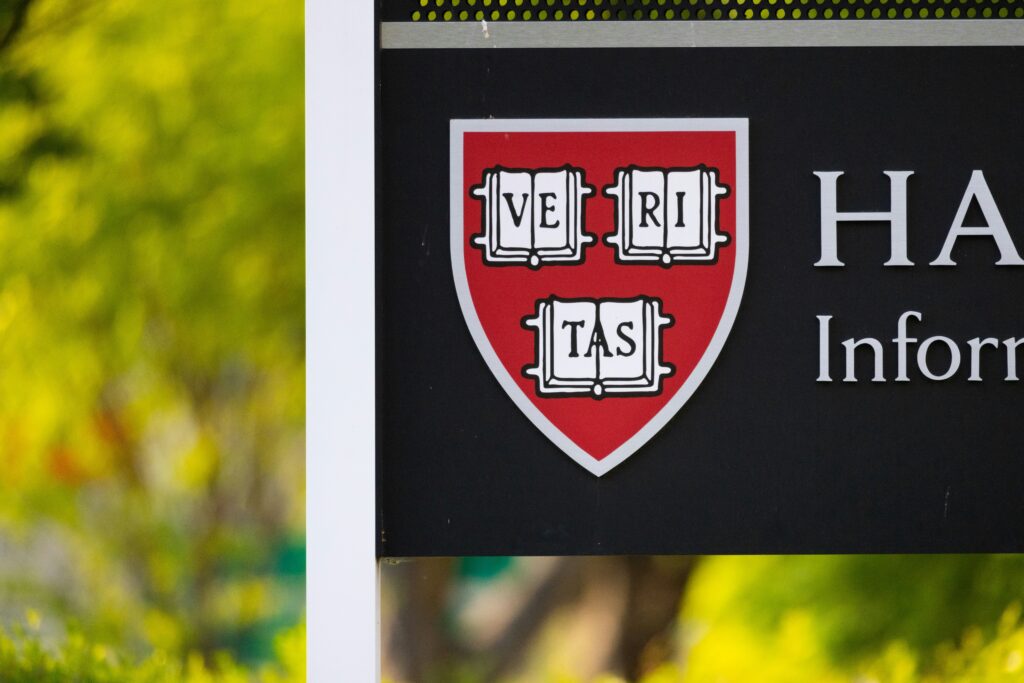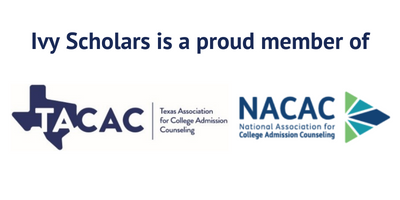Harvard is an exceptionally good college, and quite a famous one, often ending up in the headlines, and generally ranking as one of the top schools in the US. This makes them incredibly popular with prospective students, and contributes to their staggeringly low acceptance rate, below 5% this past admissions cycle. For every hundred students who apply, fewer than four get accepted. Of course, there are options between acceptance and rejection; some students get put on Harvard’s waitlist every year. This is its own struggle; they are acknowledging openly that you are good enough to attend the school, but not letting you in. Hope does remain however; students are accepted off of Harvard’s waitlist each year. In this article, we’re going to explore Harvard’s waitlist; how it works, why they use it the way they do, and what you should do if you end up on it. Let’s jump right in!
How Harvard’s Waitlist Works
Every year, Harvard places some applicants on their waitlist; the exact number varies by year. These students are ones who meet the qualifications to get admitted, but don’t make the final cut for one reason or another. This waitlist is unranked; that is, there is no ordering of students on the waitlist with some definitely getting admitted first.
This is because of how waitlists function generally; Harvard and other colleges use waitlists to balance their admissions numbers. Most of the students who are admitted to Harvard attend, but not all of them do. If too many go elsewhere, then admissions numbers might slip; to prevent this, admissions officers admit students off the waitlist.
When admissions officers build a class, they try to do so in a balanced manner. Harvard could admit nothing but stellar computer science students, but that might shift the campus in a direction they aren’t looking for. They do the same when admitting students off the waitlist.
If, for example, most of the CS students admitted to Harvard decide to attend MIT instead, then Harvard will dip into their pool of waitlisted students and find some other CS-interested applicants to make up that gap. It’s not always that straightforward; indeed, it usually isn’t. This is the general principle they use however.
Your Chance of Acceptance Off the Waitlist
Now that we’ve covered how this waitlist works in theory, let’s see how it actually functions in practice. This is somewhat difficult; most universities release their waitlist statistics via the Common Data Set, but Harvard chooses not to do so. They confirm that they do have a policy of waitlisting students, but give no indication how likely you are to get admitted once you’re on the waitlist.
This is annoying, but does make sense in a way. One thing we know well is that the number of students admitted off the waitlist varies wildly each year; this is true not just of Harvard, but at every college that makes use of a waitlist. This is counterintuitive, but makes sense with some additional examination of the factors at work.
The key point is that how many students are admitted off the waitlist depends on the decisions of hundreds of other people, namely all the students admitted to Harvard who must choose whether or not to attend. The more of them that head elsewhere for college, the more students get admitted off the waitlist; the more who stick with Harvard, the less admissions officers need to dip into the pool of waitlisted students.
Annoyingly, however, we have no idea how many students Harvard puts on the waitlist each year. Even if the number admitted varies, having a sense of the scale of the waitlist can still give you some information. Harvard, however, chooses not to release this information either, leaving us with nothing but conjecture.
So what are your chances of acceptance off the waitlist? Uncertain, but using Harvard’s peers as a comparison, they are quite low, but highly variable. We are confident in saying acceptance rates off the waitlist are generally less than 10%, and some years much lower. More exact numbers, however, elude us.
What to do if You’re Waitlisted by Harvard
So the chances are uncertain, but are definitely somewhat low. In that case, what should you do if you’re waitlisted by Harvard to improve your chances? The first, and most important thing, is to accept your place on the waitlist. This is not automatic, and you must indicate to the school that you want to be considered. There is time to do this, but we recommend accepting your place as soon as you are waitlisted, so you don’t forget later.
Step two is to write a letter of continued interest. Harvard doesn’t have an official portal for these, as some other universities do, but they do accept them. These are of course optional, but as with most optional aspects of an application, they can greatly increase your odds if they are done well.
What is a letter of continued interest? Exactly what it sounds like; a letter meant to tell a particular college that has waitlisted you that you are still interested in attending. Not just that, but in fact that this college is and remains your first choice school, and you’ll definitely attend if you are admitted.
On top of this, these letters are a place to update admissions officers on what you have done in the time that has elapsed since you applied. You should focus on major accomplishments; admissions officers don’t need to know every detail, but if you have significant achievements, then you should definitely update them. Here’s some examples of what that can include:
- Publishing original research in a peer-reviewed journal, or presenting that research at a conference.
- Winning a major competition, like a science olympiad or a national debate tournament.
- A major achievement in an existing extracurricular, such as a major project completed in an internship.
These are not the only options of course, but give a sense of what you can talk about. Each of these should be tied to the options available at Harvard; if you won a debate tournament, you should then talk about how you want to join Harvard’s debate club. If you published research, you should talk about specific researchers at Harvard that you want to work with, or labs you want to join, or ongoing research projects you want to take part in.
The goal of this letter is to demonstrate that you and Harvard are natural fits for each other, not just that you really like the school (though of course you do), but that by attending Harvard, both you and the school will benefit greatly. Harvard isn’t just looking to admit the best and brightest; they already have a full selection of those. They want to select from among the best and brightest those students who will best prosper with what Harvard offers.
These letters should not discuss your grades; your school will send a transcript to Harvard in the mid-year and your final report card as well. You can include a sentence on your grades if you wish, but this is generally unnecessary. You should of course maintain stellar academic performance, but you don’t need to inform Harvard that you are doing so.
Finally, these letters should always specify that you will attend if admitted. Your praise for the school should be genuine, not effusive, but the reason schools admit students off the waitlist is to fill gaps left by students going elsewhere. If Harvard is going to admit you, they want to be sure you’ll say yes.
Timing on Harvard’s Waitlist
Harvard only starts admitting students off the waitlist after the May 1 reply deadline, once all of the students who were admitted early and in the regular round have made their call on whether or not to attend. Until this happens, they have no way of knowing how many seats they’ll need to fill off of the waitlist.
While you are waiting to hear back, you should submit a deposit for another school that accepted you, and move forward with plans to attend there. You should always expect the best of course, but plan for the worst. That way you’re safe in every eventuality, especially with how competitive acceptances off of Harvard’s waitlist are.
Finally, if there are schools that have admitted you that you know you won’t attend, you should withdraw your applications from them. They may not be your top schools, but they are for somebody, and the sooner you withdraw, the sooner some other stranger gets the letter they’re waiting for about an acceptance off the waitlist.
Final Thoughts
Harvard is an excellent college, with a well deserved reputation. It is also incredibly competitive for admissions, and this continues into admissions of the waitlist. That said, students can and do get into Harvard off the waitlist; the odds are long, but it isn’t an impossible thing.
We hope that this article has given you needed insight into how Harvard’s waitlist process works specifically, and what steps you can take to make sure you have the best chance of getting admitted if you’ve been waitlisted. College admissions is hard, but the more information you have to work with, the easier it becomes. If you want to work with an expert on your own college admissions process, or have more detailed questions about your application, then schedule a free consultation with us today, we’re always happy to hear from you.








